Biography
Gino Sarfatti was born in Venice on 6 September 1912. He had to abandon his studies of aerospace engineering when his well-to-do father experienced financial problems.
From 1934 he worked in Milan as a representative of the Muranese ‘Lumen’ manufactory. In 1939 he designed the first light for a friend of his father’s, who asked him to mount a lampshade on a Murano vase. To that end, Sarfatti took a reflector from a coffee percolator and had its inside chrome-plated.
In the same year he founded Arteluce, a factory specialised in lighting designs. From the beginning, Sarfatti took care of everything. He designed, organised the marketing and the sale of his products in the shop he opened in Milan in 1953. Soon, it became the venue for like-minded architects and leading designers of the 1950s and 1960s. After the war, Arteluce had become very successful and received many awards and signs of appreciation, among others the prestigious Compasso d’Oro of 1954 and 1955 and a diplôme d’Honneur of the Milan Triennial. Many renowned designers worked for Arteluce, but most of the designs stem from Sarfatti himself. Most of the time he worked in collaboration with his engineers and craftspeople, to whom he explained how he imagined the finished product to be.
Sarfatti was a pioneer when it came to innovative solutions, shapes, production engineering, lamps and technical lighting effects. He used new materials, like plastic, that still were being developed. Thus he used Perspex in 1951 for the first time. Eager to learn, he experimented with the newest finds of lighting technology e.g. the halogen bulb. He was the first to use it for a table light in 1971. He combined his new discoveries with the classic materials in use for lamps. First and foremost, Sarfatti was an inventor, for whom ‘the shape of the lightbulb’ was the most important element. “Form isn’t important, it comes if the idea is achieved. My whole life, I’ve though about lamps, but never designed lamps. (…) I’ve never been interested in form, except for the shape of the light bulb starting from which I have to create an ending, a support.” (Gino Sarfatti, Christine Diegoni gallery, Gino Sarfatti, Paris 2008, p. 5).
Each of his designs offers, thanks to a simple concept and the inclusion of shadows and their surroundings, manifold possibilities of illumination. Exemplary for Sarfatti’s designs are the exposed cables whose irregularity stands in contrast to the constructive frame of the lights. This contrast gives his lighting designs a technical and innovative character. They appear to be elegant and modest and give the main points in any ambiance in the 21st century.
In 1973 Gino Sarfatti sold his firm to Flos. Under the new proprietors Arteluce continues as an own brand with its separate product line. Riccardo Sarfatti, his son and daughter-in-law Sandra Severi Sarfatti as well as renowned designer and architect Paolo Rizzato carry on the family tradition. They founded Luceplan in 1978 and draw on Sarfatti’s innovative energy and creativity. In 1985 Gino Sarfatti passed away in Gravedona.
Objects by Gino Sarfatti
-
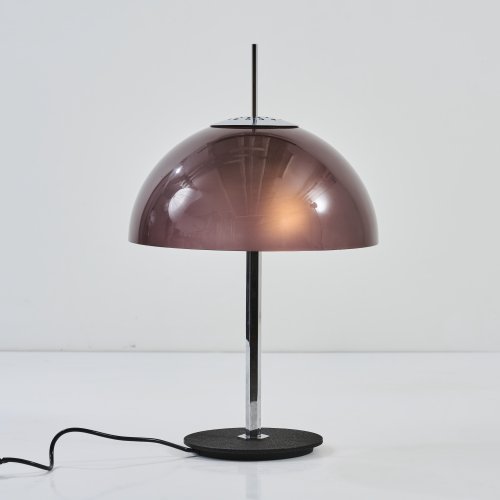
-
Sold
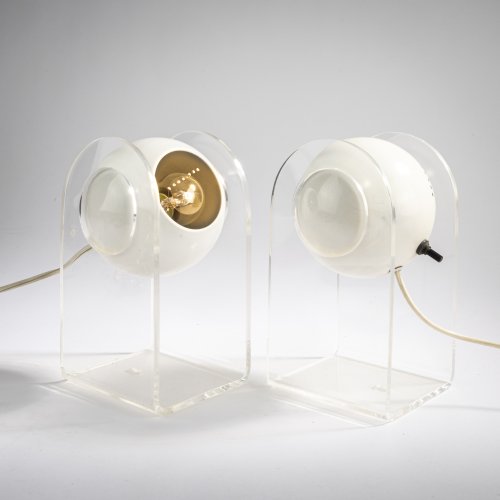
Gino Sarfatti Arteluce, Mai land / Milan
Two table/wall lights '540/P', 1968 (design)
Hammer Price: 1,100 €
-
Sold
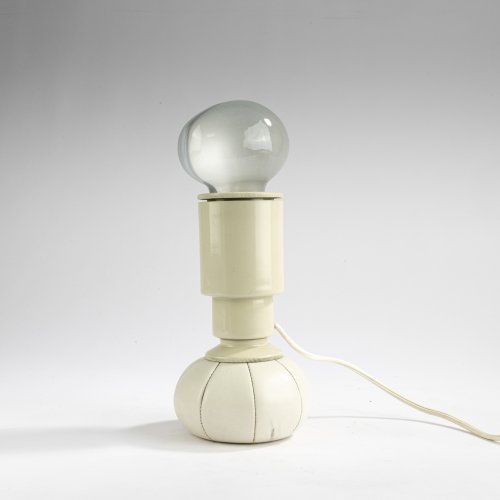
-
Sold
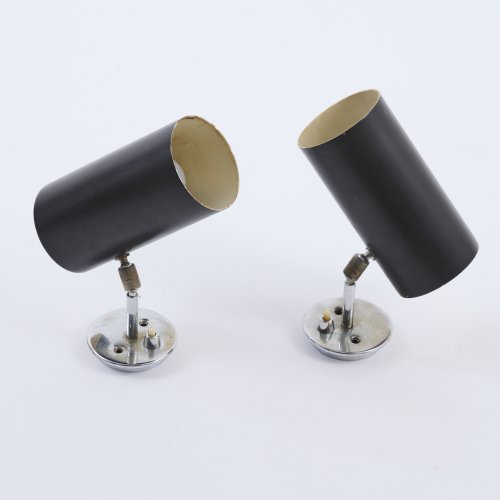
-
Sold
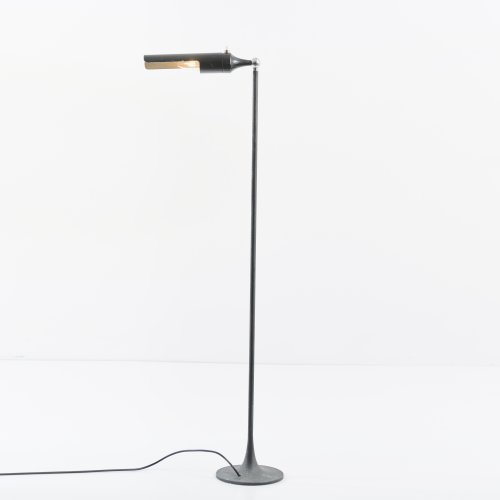
-
Sold
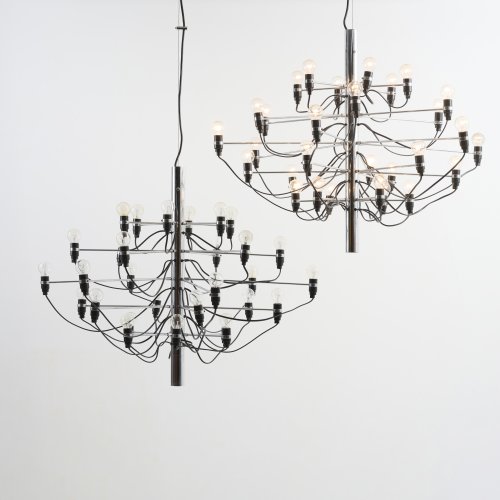
-
Sold
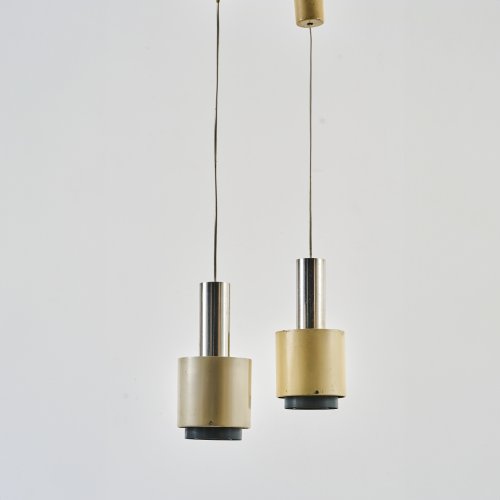
-
Sold
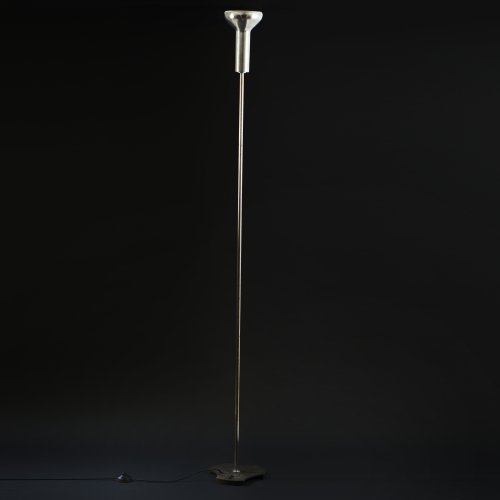
-
Sold
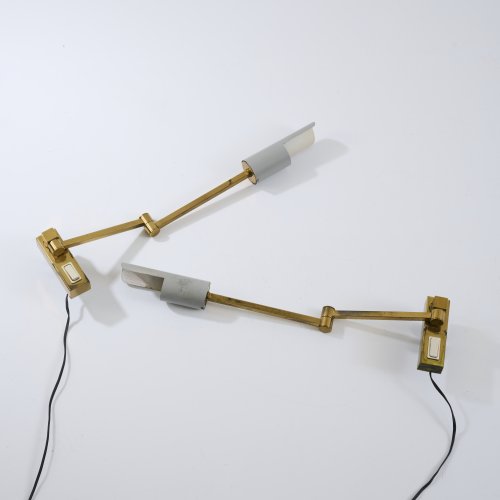
-
Sold
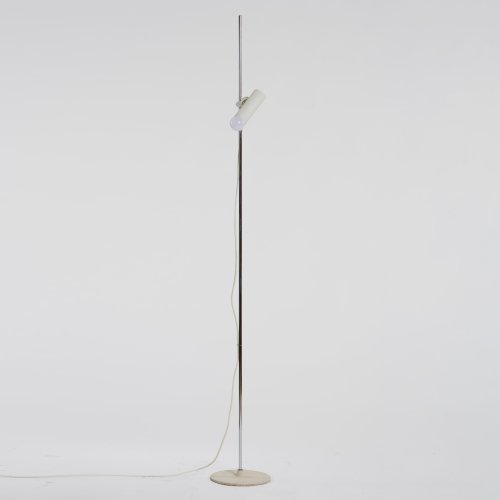
-
Sold
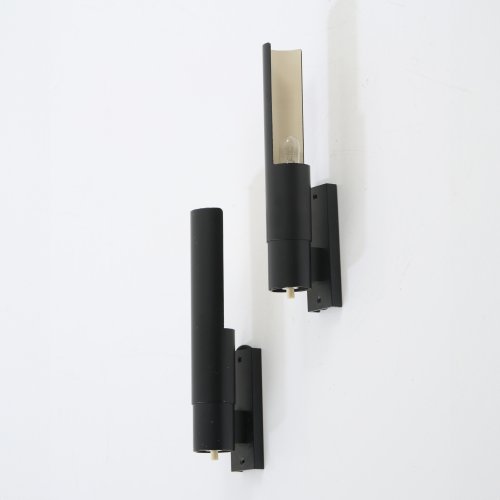
-
Sold
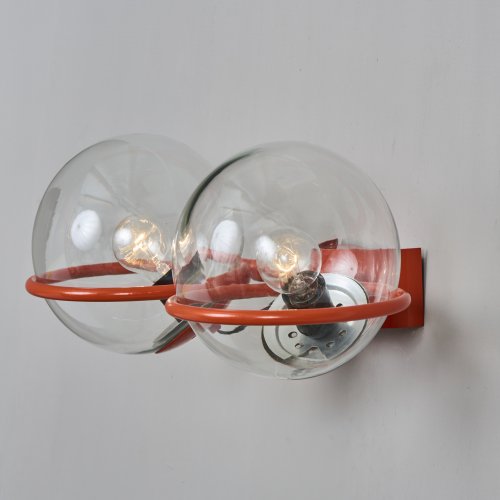
-
Sold
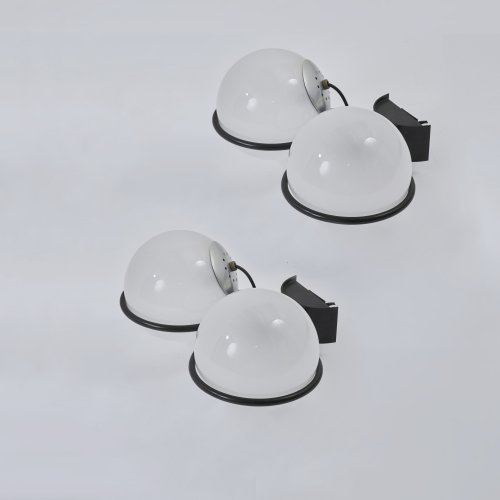
-
Sold
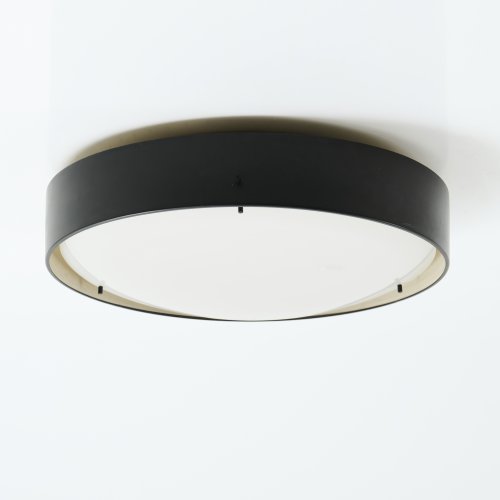
-
Sold
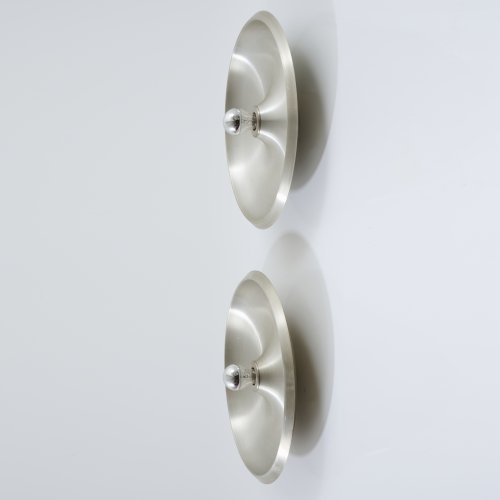
-
Sold
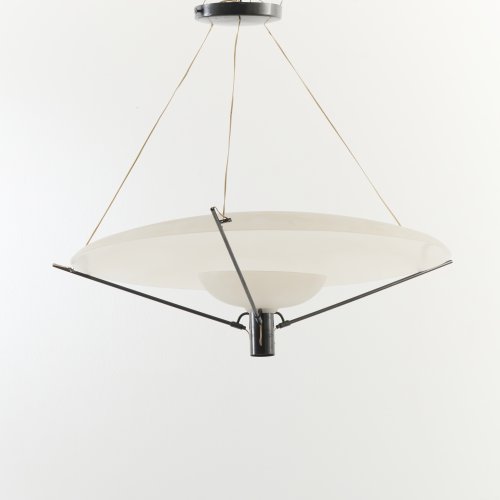
-
Sold
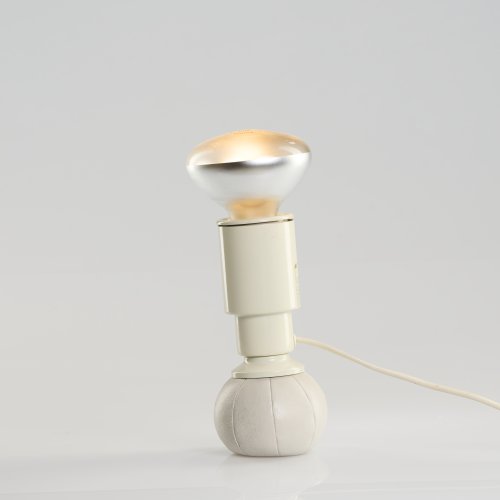
-
Sold
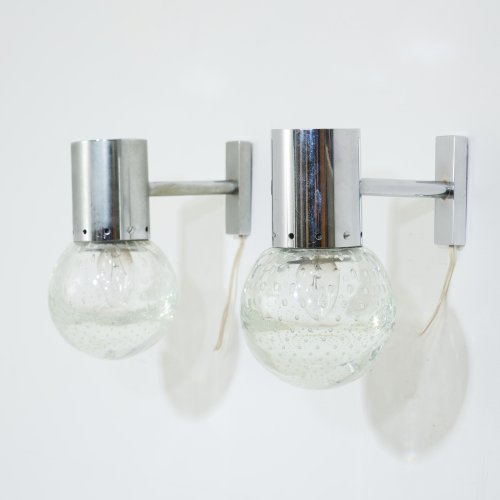
-
Sold
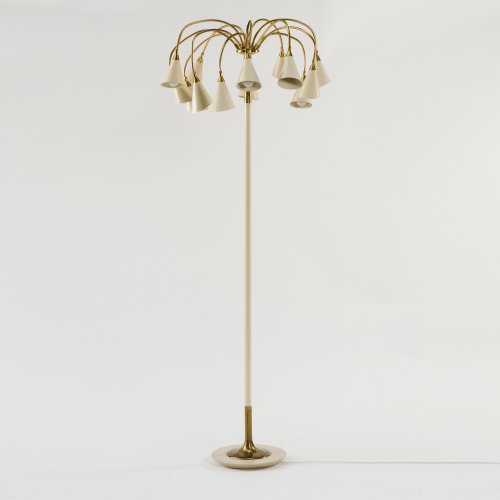
-
Sold
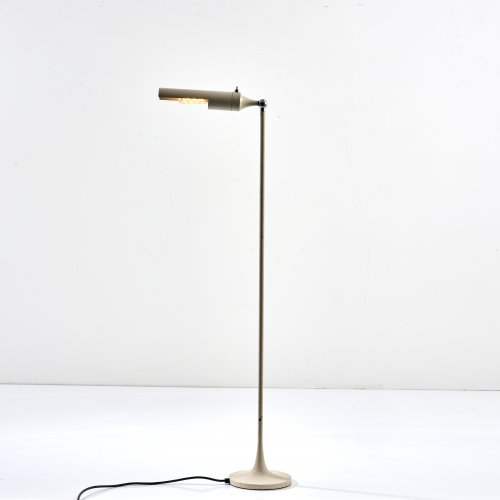
-
Sold
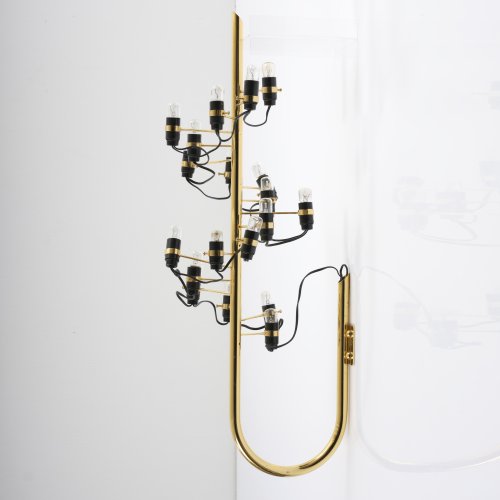
-
Sold
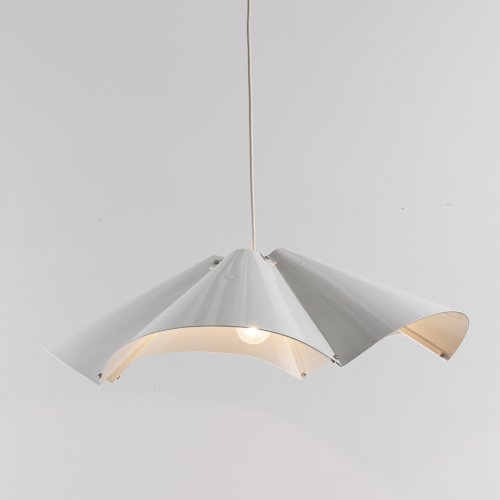
-
Sold
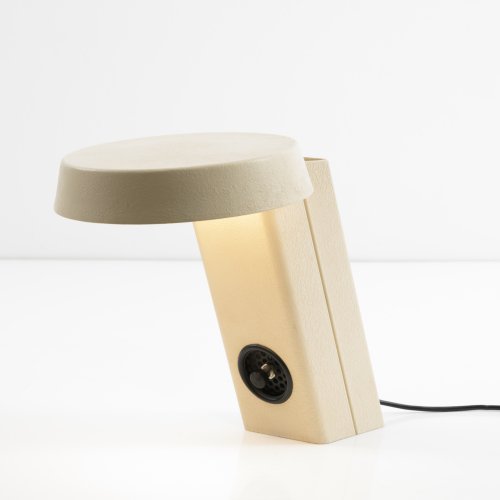
-
Sold
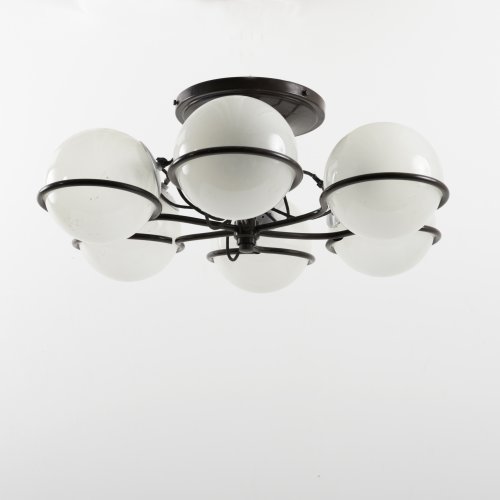
-
Sold
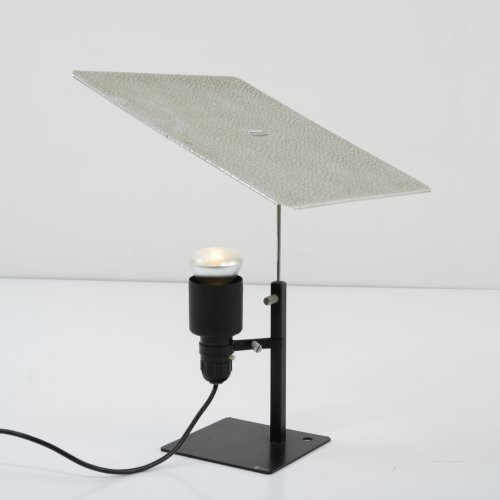
-
Sold
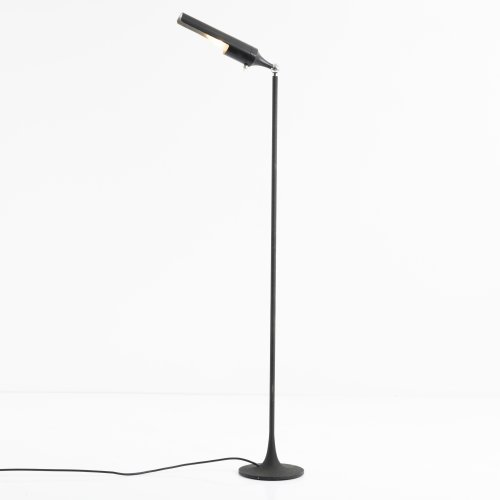
-
Sold
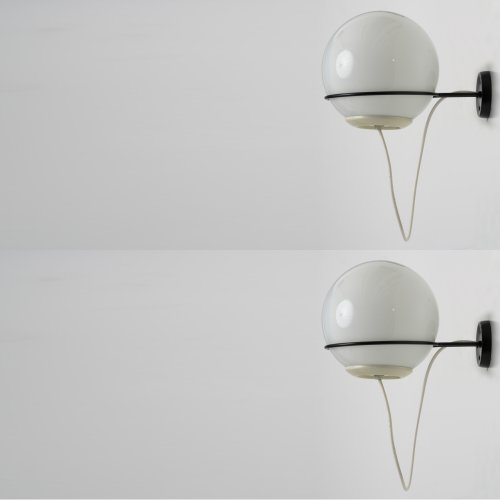
-
Sold
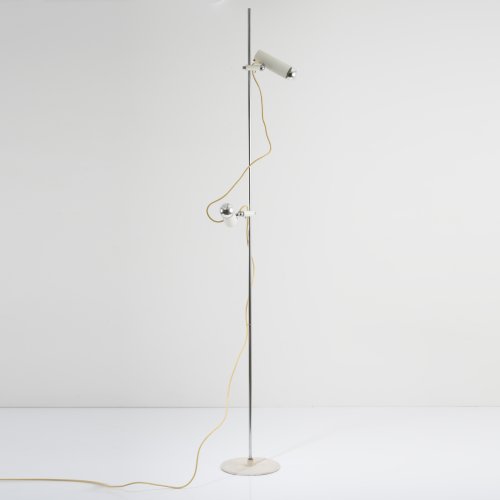
-
Sold
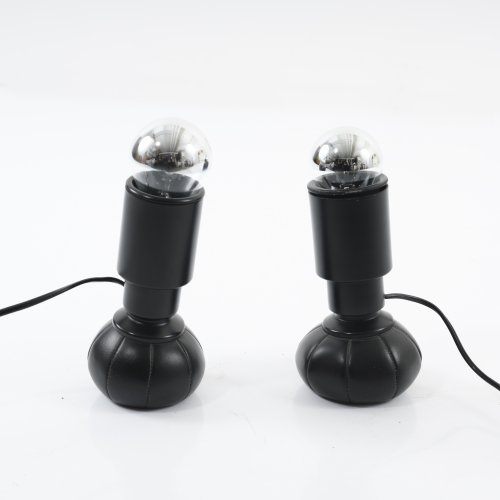
-
Sold
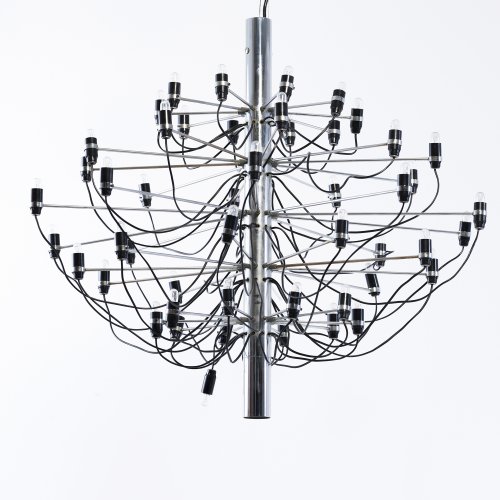
-
Sold
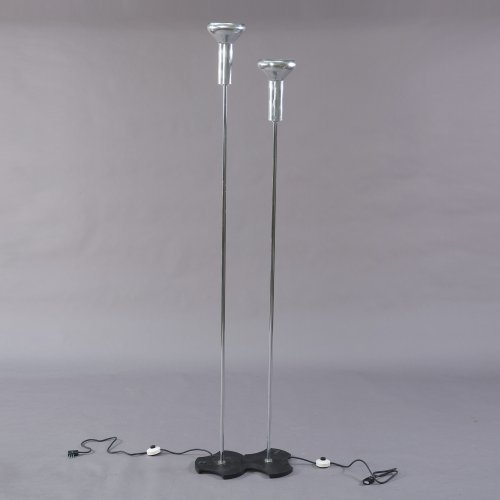
-
Sold
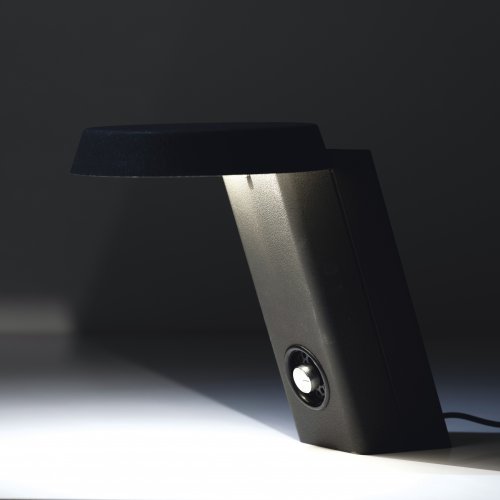
-
Sold
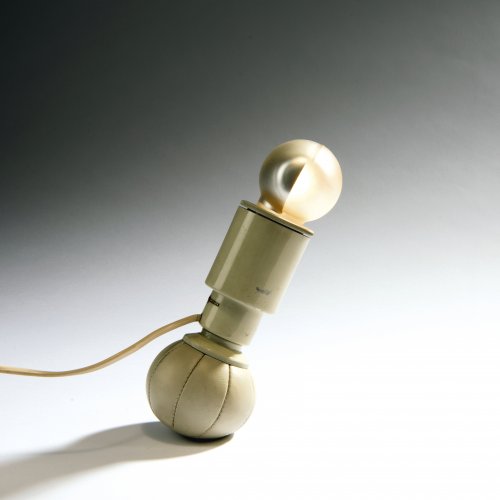
-
Sold
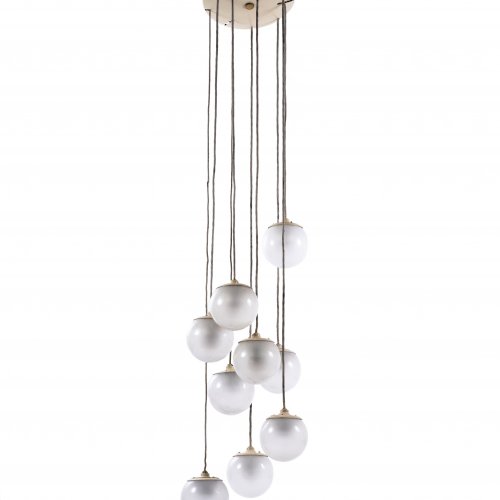
-
Sold
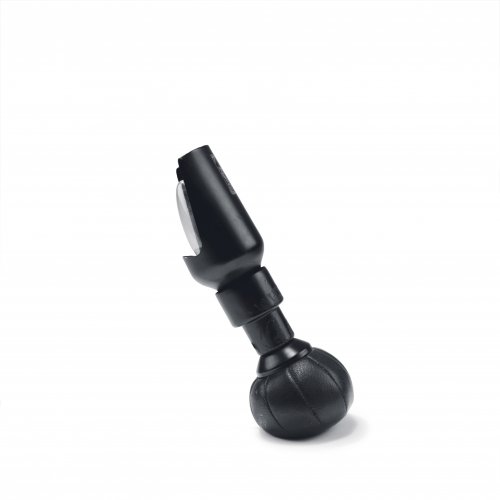
-
Sold
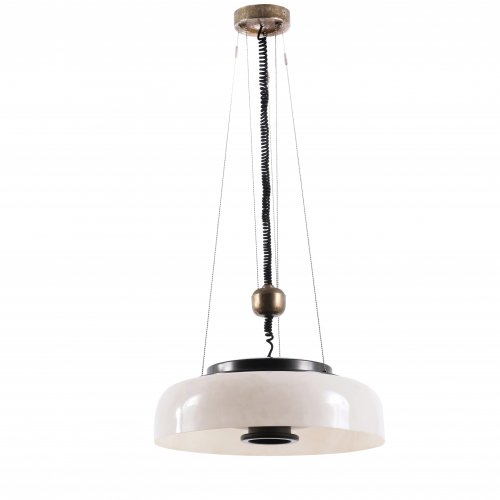
-
Sold
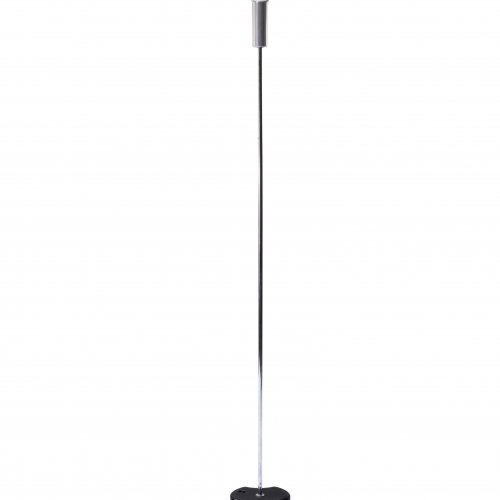
-
Sold
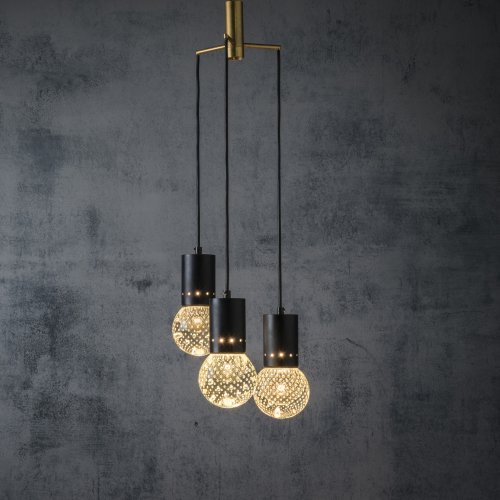
-
Sold
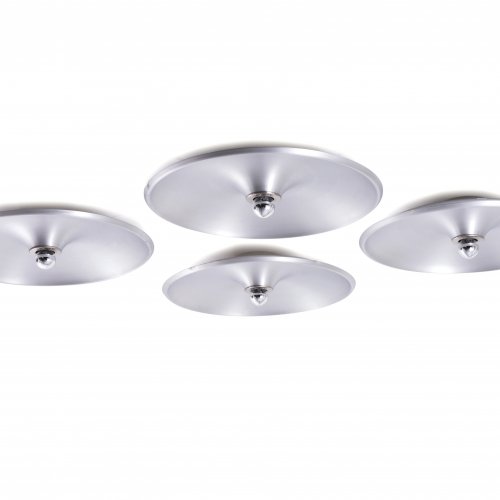
Gino Sarfatti Arteluce, Mailand
Four wall- / ceiling lights '262 B' sconces, 1971
Hammer Price: 3,200 €
-
Sold
-
Sold
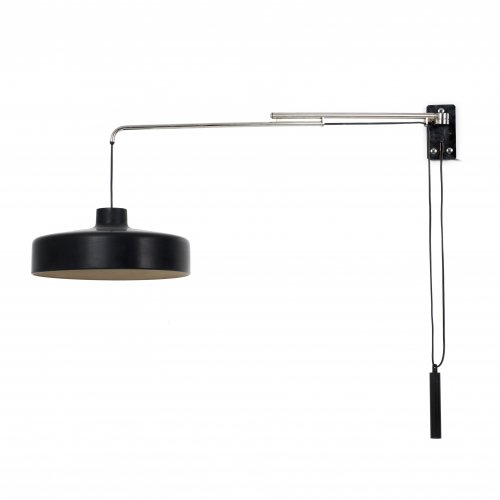
-
Sold
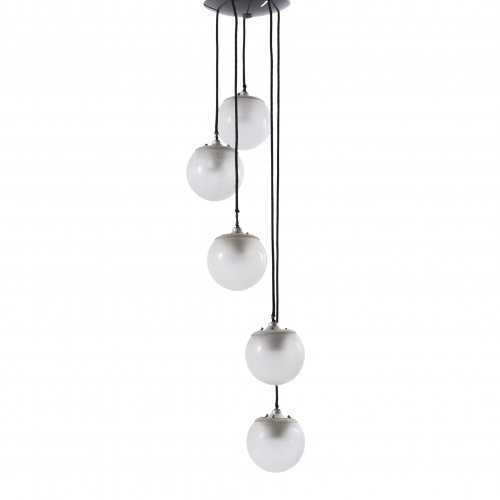
-
Sold
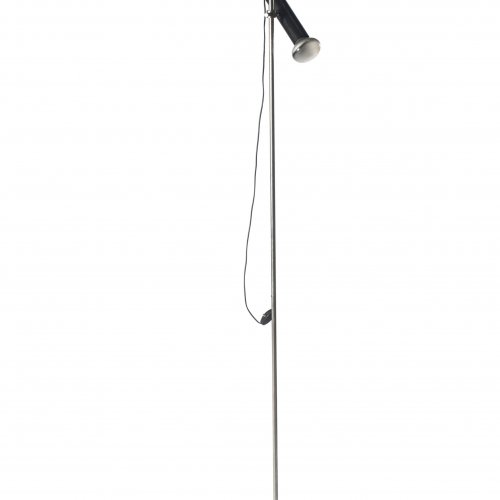
-
Sold
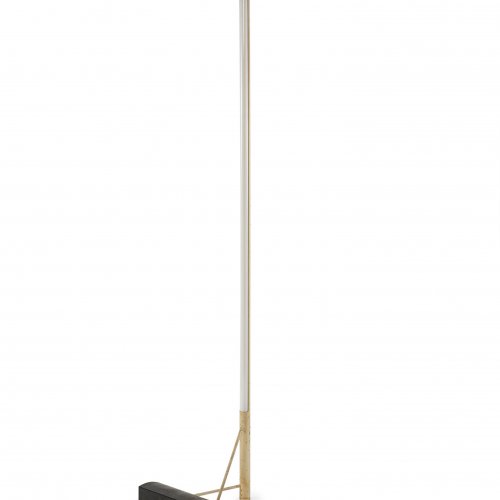
-
Sold
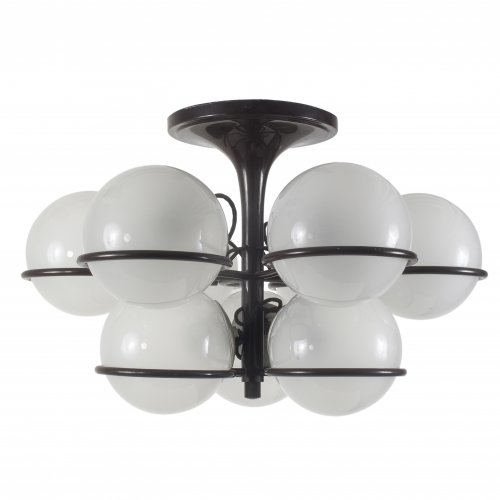
-
Sold
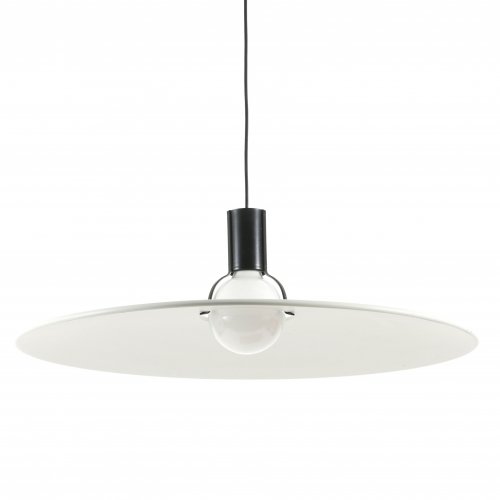
-
Sold
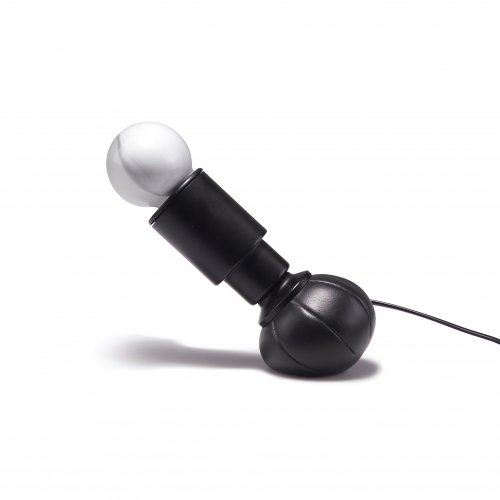
-
Sold
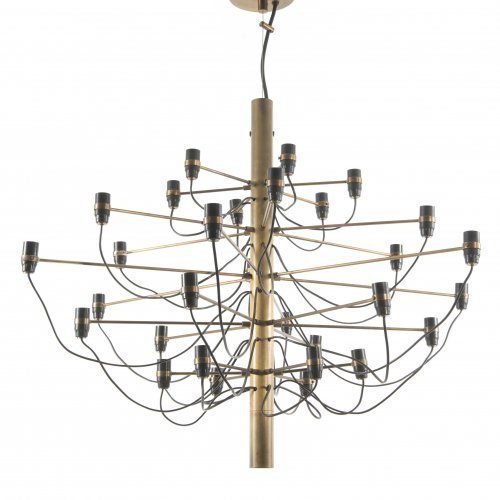
-
Sold
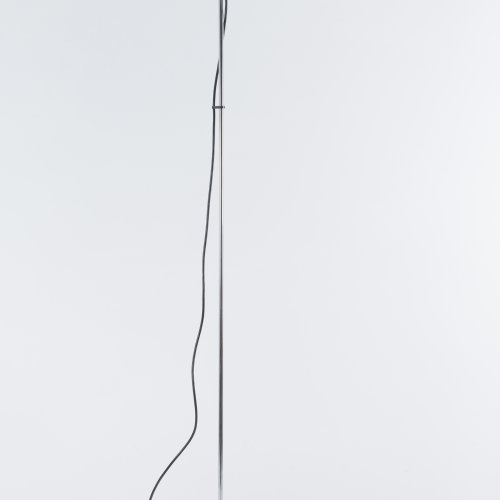
-
Sold
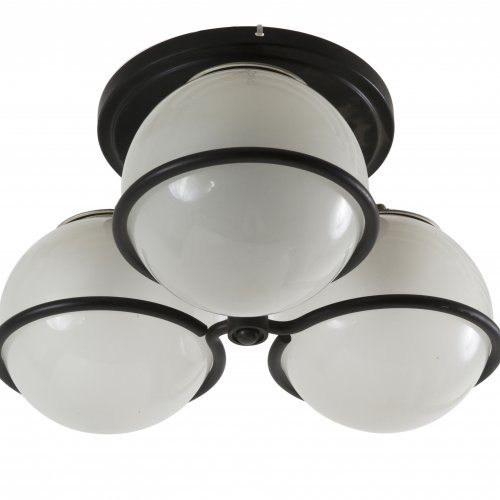
-
Sold
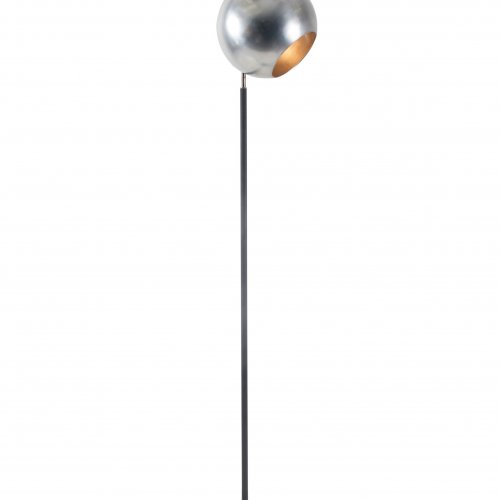
-
Sold
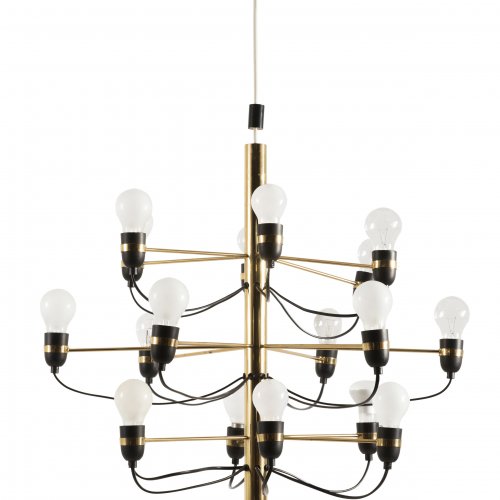
-
Sold
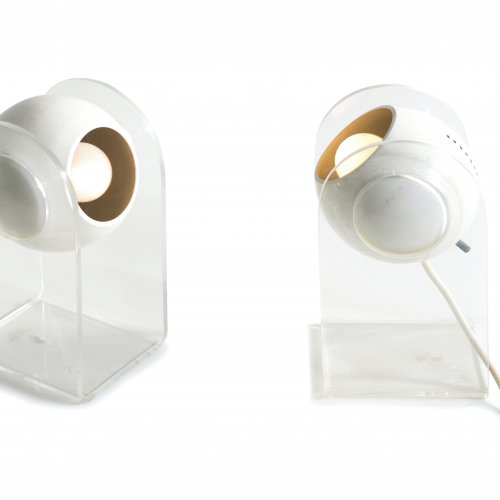
-
Sold
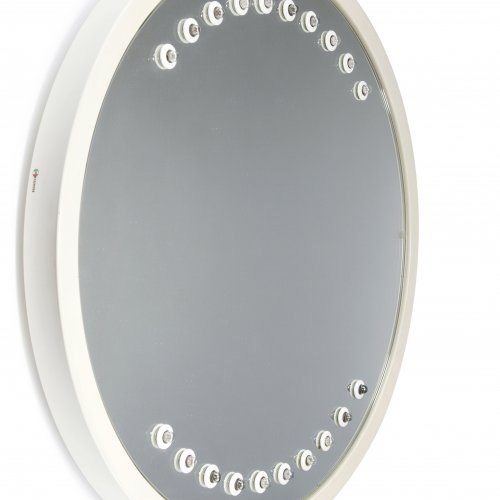
-
Sold
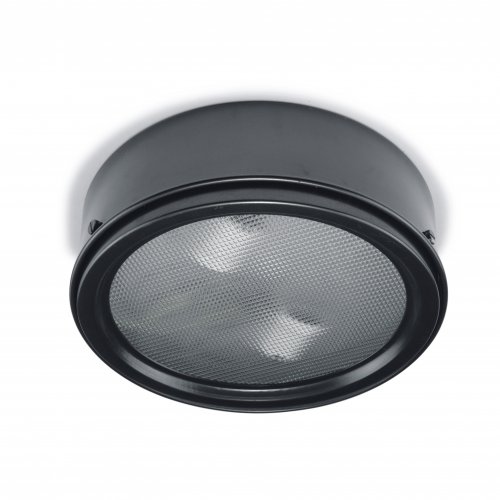
-
Sold
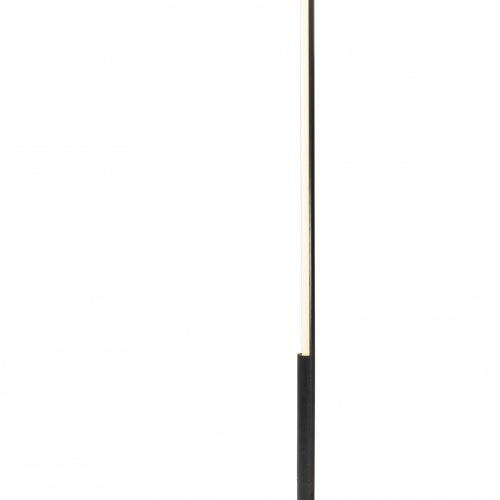
-
Sold
-
Sold
